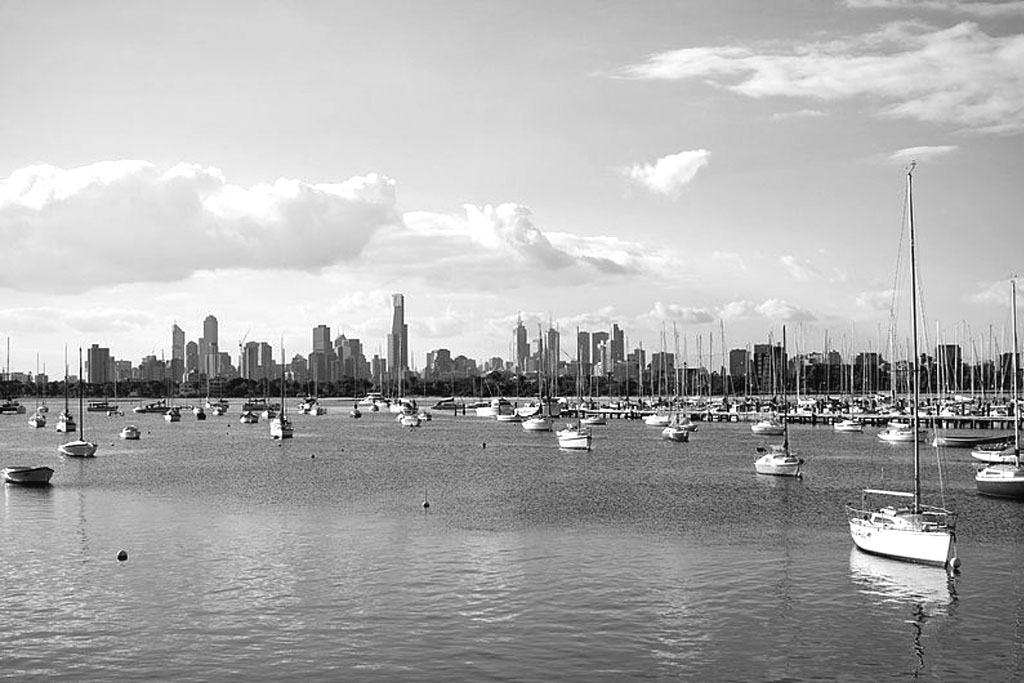05-10-10 // THE CRUMBLES OF THE CAKE – INTERVIEW WITH RURAIGH PURCELL

Melbourne, Australia was ranked by the Economist Intelligence Unit as the World’s most livable city since 2011
Bernd Upmeyer spoke on behalf of MONU with Ruraigh Purcell. Ruraigh spent three years running an analytical team producing city ranking lists concerned with the issue of ‘quality of life’ at ECA International, one of the leading provider of compensation data for expatriate assignments.
Bernd Upmeyer: The topic “Most Valuable Urbanism” of this MONU issue has originally been inspired by globally and annually published city ranking lists that have been produced by companies such as Mercer or the Economist Intelligence Unit. Ever since we at MONU learned about those lists, we were fascinated by the fact that somebody is actually able to rank cities and determine the world’s most liveable city. You were in charge of an analytical team producing such city ranking lists relating to the issue of ‘quality of life’ at the company ECA International. How and why do you rank cities?
Ruraigh Purcell: ECA, but also Mercer or the Economist Intelligence Unit (EIU) produce city ranking lists to assess the level of hardship for expatriates, when they are sent overseas by their governments or organization. The process behind the lists assesses the level of difficulties associated with adapting to living in the host location. We look at multiple factors which are considered important for this particular socio-economic group. Expatriates are generally well paid, well educated and they need to be sent somewhere for a reason. The assessments recognize and quantify some of the difficulties that they are going to face in meeting that transition to a new country.
But the most fundamental aspect of the city ranking list is that we don’t set out to create them; we create the assessments and the lists are a by-product of that. The lists are an interesting marketing exercise that is based on the research that comes out of the assessments.
BU: So the lists are only the crumbles of the cake at the end?
RP: Absolutely. The lists are almost the inverse of the assessments. Because what we are actually looking for is: what is missing, what is really difficult to adjust to, what is uncomfortable, and what is of poor quality in a particular city. The lists show the opposite of that. They display the cities that don’t have any problems and therefore a high standard of living…
…the complete interview was published in MONU #13 on the topic of Most Valuable Urbanism on October 5, 2010.
Title: The Crumbles of the Cake – The Truth Behind City Ranking Lists
Project: Interview with Ruraigh Purcell
Date: October 2010
Type: Commissioned interview
Topic: Most Valuable Urbanism
Organizer: MONU
Status: Published
Publications: MONU #13, P.49-55
Interviewer: Bernd Upmeyer